Volkswagen SP2: Brazil's Iconic Sports Car
Whether you’re a collector or someone who appreciates unique automotive treasures, the SP2 is one of the most iconic sports cars of its time.
Welcome to Mechanicaddicts. As an Amazon Associate, we earn from qualifying purchases (at no cost to you) from links found within these pages if you choose to buy something.
For car enthusiasts, there’s a certain allure to vehicles that go beyond their performance specs or market success. They tell a story, represent a culture, and hold a unique charm. The Volkswagen SP2 is one such automobile that may have been repainted over the years.
Often regarded as one of the most beautiful Volkswagens ever made, it was born in the 1970s, exclusively for the Brazilian market. It stands as a gleaming symbol of automotive ingenuity and cultural pride. Revered for its forward-thinking design and rich history, the SP2 has secured a spot in the hearts of collectors and auto enthusiasts worldwide.
Join us as we explore the captivating story of the Volkswagen SP2—from its creation and iconic design to its cultural impact and collectibility, and how its legacy will continue. Out of 10,205 cars built, only about 681 were exported to other countries, highlighting its rarity outside of Brazil.

Volkswagen SP2: Brazil's Iconic Sports Car
Rev up your passion for automotive history with "Volkswagen SP2: Brazil's Iconic Sports Car," a captivating journey into the unique world of a 1970s Brazilian masterpiece.
Introduction to the Volkswagen SP2
The Volkswagen SP2 is a rare and unique sports prototype developed by Volkswagen do Brasil, specifically for the Brazilian market. First introduced in 1972 and produced until 1976, the SP2 stands out as one of the most beautiful Volkswagens ever made. Its sleek, sporty design sets it apart from other models, making it a true gem in the automotive world.
The car’s history is deeply rooted in Brazil, where it was manufactured and sold as a high-performance sports car. Today, the SP2 is a highly sought-after collector’s item, with only a few examples remaining in the country, capable of reaching a top speed of 160 km h. Its rarity and distinctive design continue to captivate car enthusiasts and collectors worldwide.
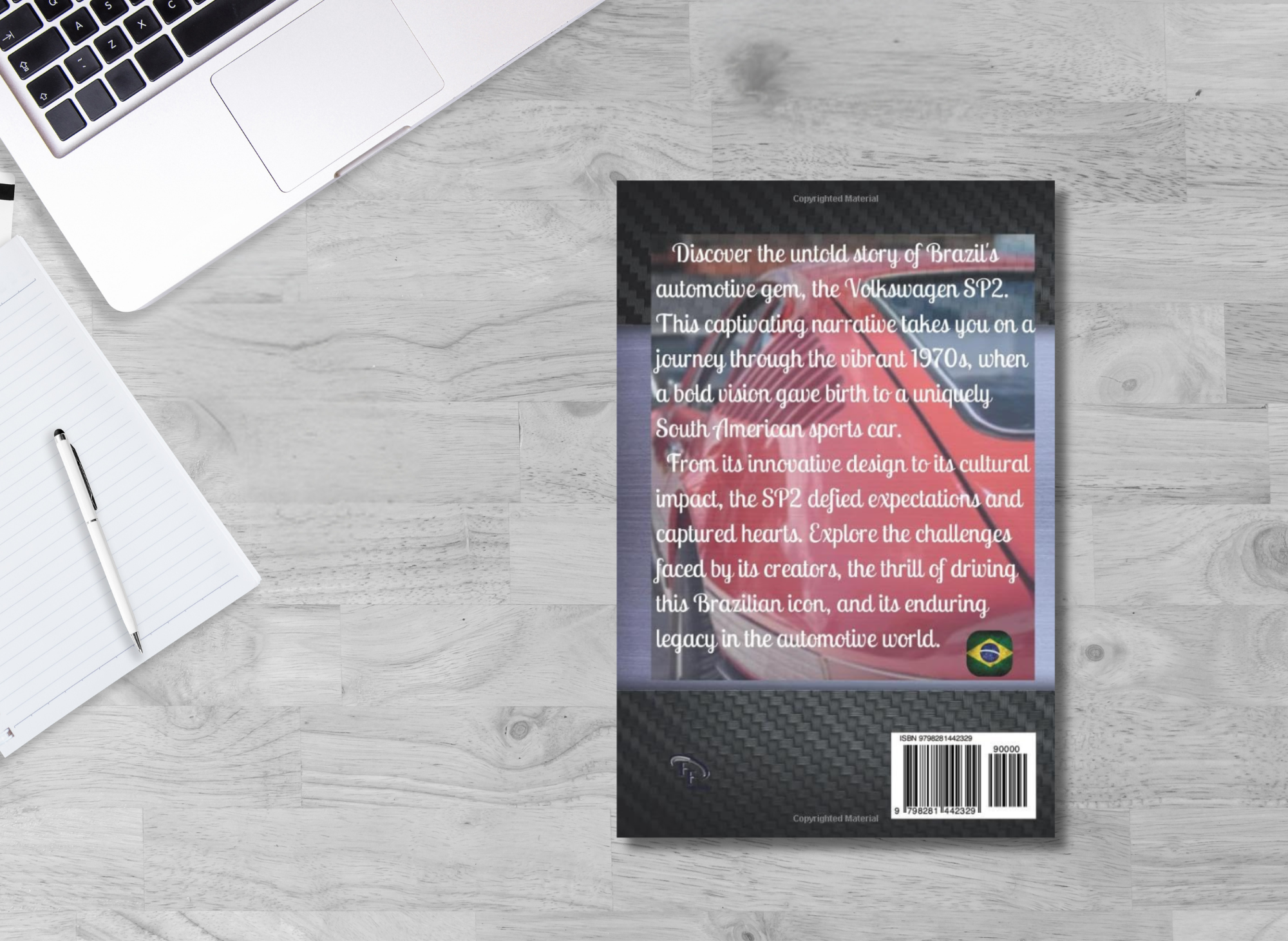
The Birth of a Brazilian Icon
Origins of the SP2 Brazilian car
Volkswagen do Brasil introduced the Volkswagen SP2 in 1972 in response to a unique challenge. During this period, Brazil’s government implemented strict import restrictions to foster the development of the local automotive industry.
This meant that international carmakers could only sell vehicles manufactured locally by the company. For Volkswagen, which already led the market with its Beetle (known as Fusca in Brazil), there was an opportunity to expand into sports car territory. The SP2 was designed and assembled in São Bernardo do Campo.
The SP2 was designed with a collision belt to inject excitement into Brazil’s mid-century automotive landscape. It was a statement of aspiration during a time when restrictive laws limited competition from international markets. The SP2’s development team drew inspiration from Volkswagen’s German portfolio but crafted a product firmly rooted in Brazilian needs and aesthetics. Only about 681 SP2s were exported to other countries, highlighting their rarity outside Brazil.

The Team Behind the Wheel
The SP2 owes its existence to a group of dedicated engineers and designers at Volkswagen do Brasil. Prominent among them was José Vicente Martins, one of the key figures behind its conceptualization, who is believed to have significantly impacted its design. The team worked diligently to create a vehicle that would encapsulate style and functionality, delivering a sports car that the Brazilian market could proudly call its own.
The team began work on the SP2 as part of Project X, which was launched in 1970. Volkswagen projected ambitious goals for the SP2, hoping it would showcase the potential of locally manufactured vehicles and position the company as more than just a producer of practical, economical cars.
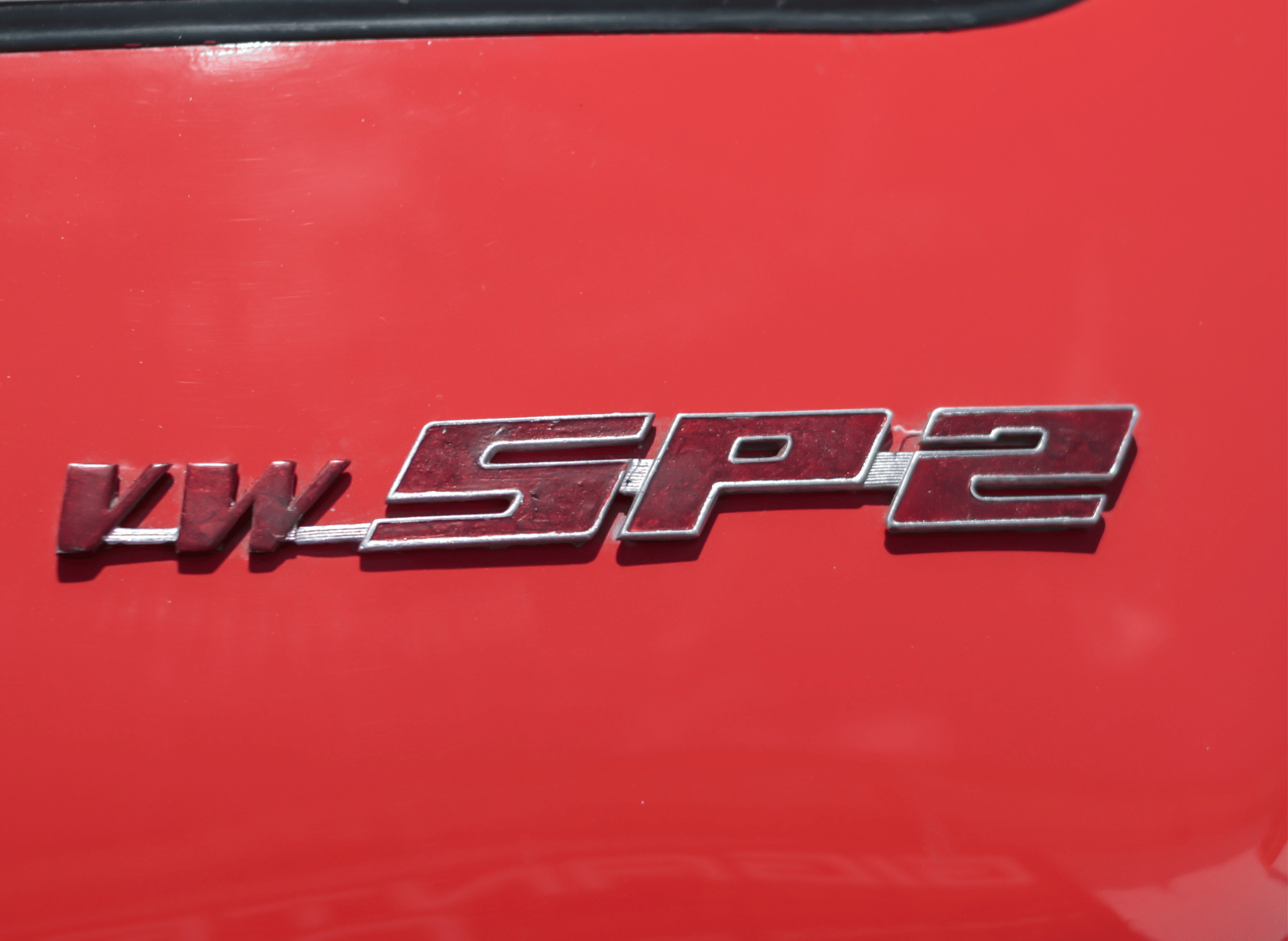
A Design Ahead of Its Time
Aesthetic Excellence
The SP2’s design is unquestionably one of its biggest draws. At first glance, it’s a long-nosed, sleek, low-slung coupe with elegant, flowing lines. Its graceful lines and shape drew attention from the automotive community. Its elongated hood, fastback rear, and sporty proportions exude sophistication and presence, complemented by a stylish tachometer in the dashboard. Many car enthusiasts liken its design to the European sports cars of the era, with hints of Porsche influence in its aesthetic.
Volkswagen do Brasil spared no effort in ensuring that the SP2’s styling felt premium, including the quality of rubber used in the seals and windows. Its steel body with frameless windows, minimalist chrome accents, and sharp contour lines added a distinct character that set it apart in Brazil and globally. The SP2's unique shape and design make it stand out among other vehicles in its category.
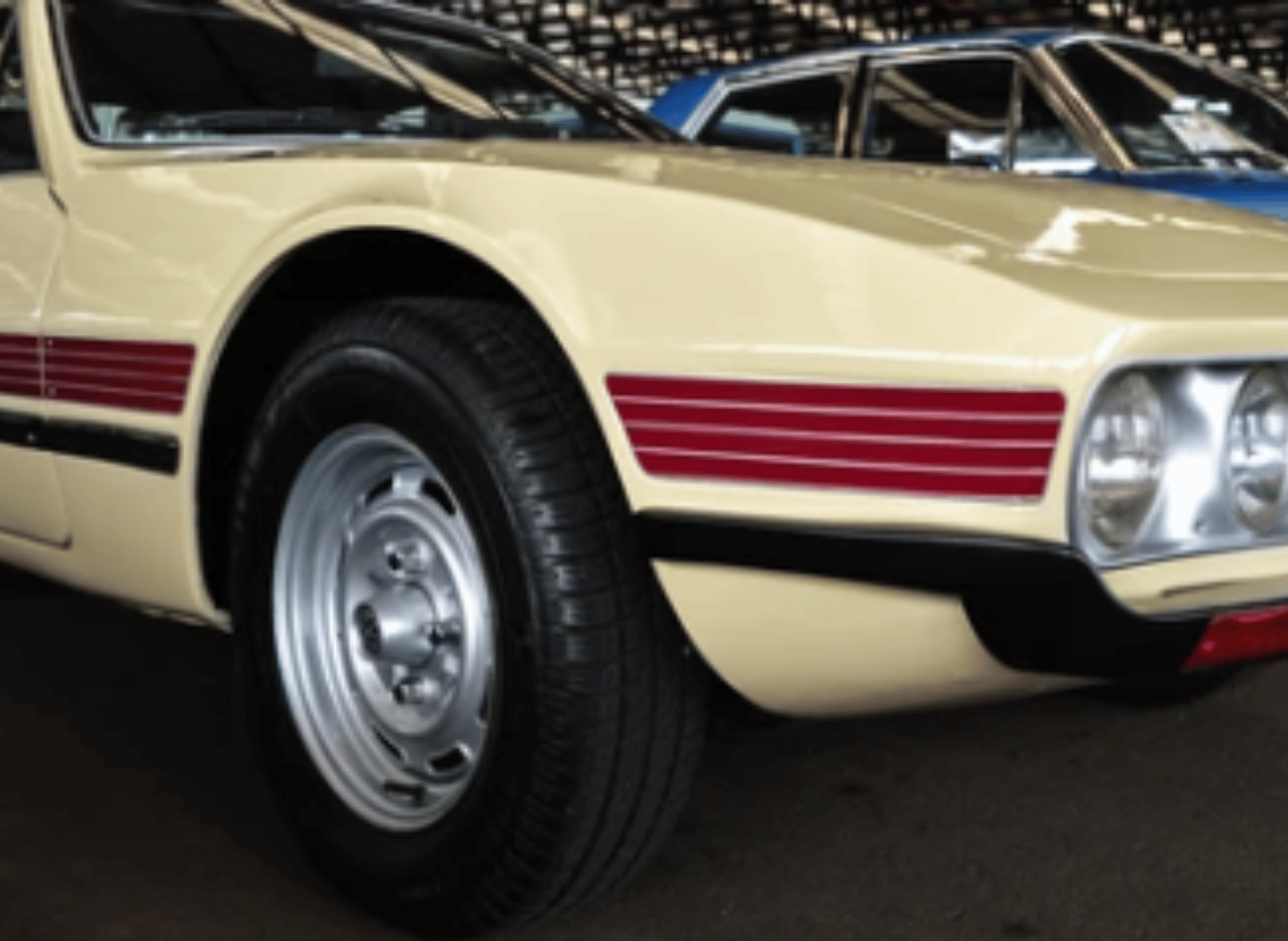
Technical Specifications of the VW Brazil design vehicle
Underneath its striking design, the Volkswagen SP2 also adhered to specific safety standards, making it more reliable for drivers. It featured a 1,584cc air-cooled flat-four engine capable of producing 65 horsepower. While modest by international sports car standards, it was adequate given Brazil’s road conditions and speed limits at the time.
However, the car could reach a respectable top speed of around 100 mph (160 km/h), despite being nicknamed 'sem potência' due to its lack of power compared to its competitors. With only 75 horsepower, it lacked the power of lighter competitors like the Puma GT, leading to its nickname 'Sans Potencia' or 'without power'. The engine produced a torque measurement contributing to its performance capabilities and affected its top speed and acceleration times.
The SP2 was rear-engined, following Volkswagen’s traditional layout, and built on the same chassis. Thanks to its lightweight body and balanced design, it offered solid handling and didn't rival European contemporaries like the Porsche 911 or Alfa Romeo Spiders. Though it didn’t rival the Porsche 911 or Alfa Romeo Spiders, the SP2 delivered on its promise of sporty driving for the Brazilian market, with its engine mounted at the rear.
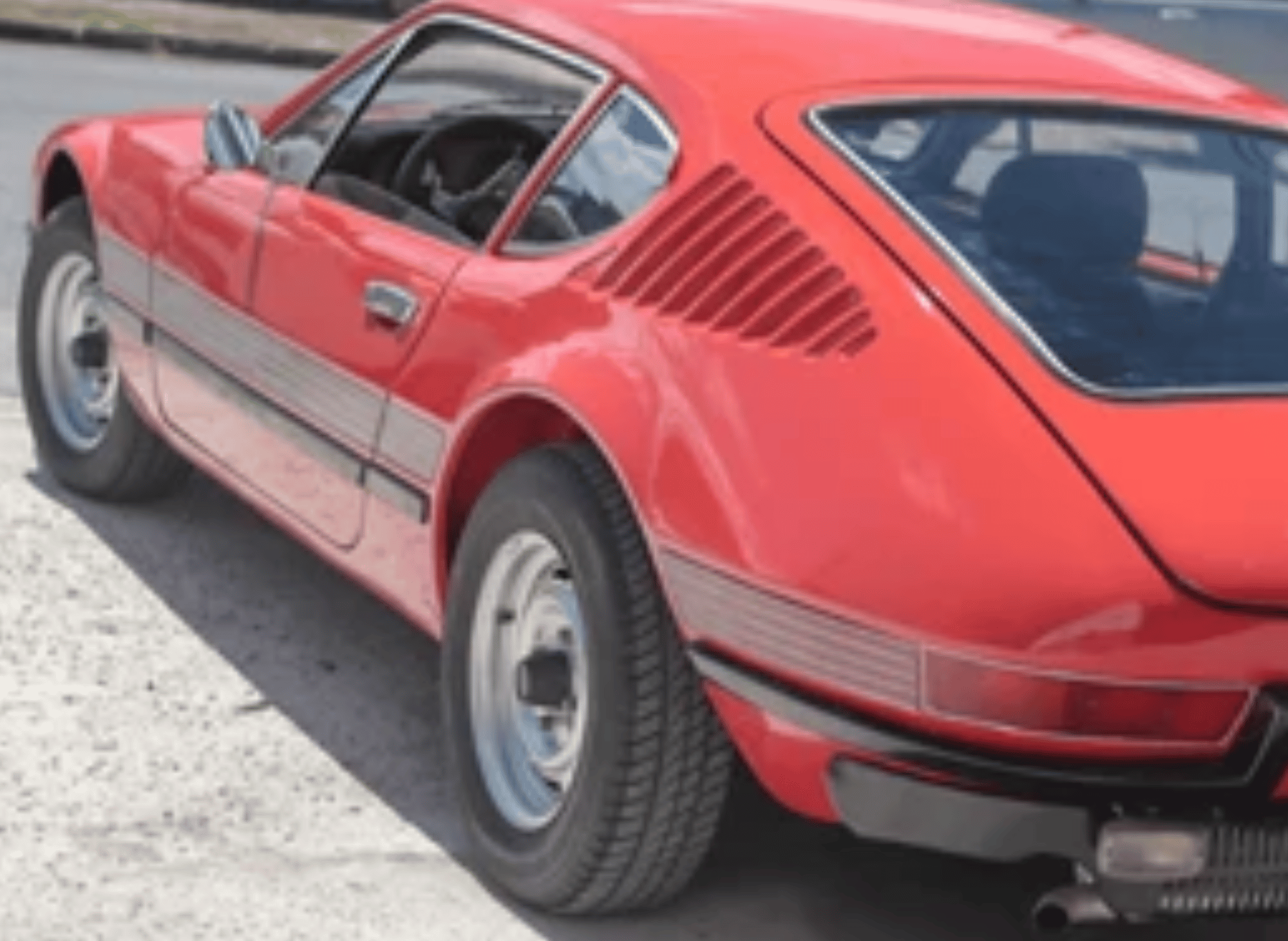
Performance and Handling
The Volkswagen SP2 is powered by a 1.7-liter air-cooled engine producing 75 horsepower paired with a four-speed manual transaxle. This setup allows the SP2 to reach a top speed of approximately 100 mph and a 0-60 mph time of around 16 seconds. While these numbers might not rival modern sports cars, they were impressive for their time and context.
The SP2’s handling is equally noteworthy, featuring a sport-tuned suspension and a rear-engine layout that provides a unique and engaging driving experience. The engine is equipped with dual Solex carburetors, enhancing its performance, while the wood shift knob adds a touch of classic sportiness. Inside, the SP2 boasts manually adjustable seats, matching black door panels, and vinyl accents, contributing to a comfortable and stylish interior. The Volkswagen SP2 is a rare and exciting sports car that continues to impress car enthusiasts with its distinctive features and performance.
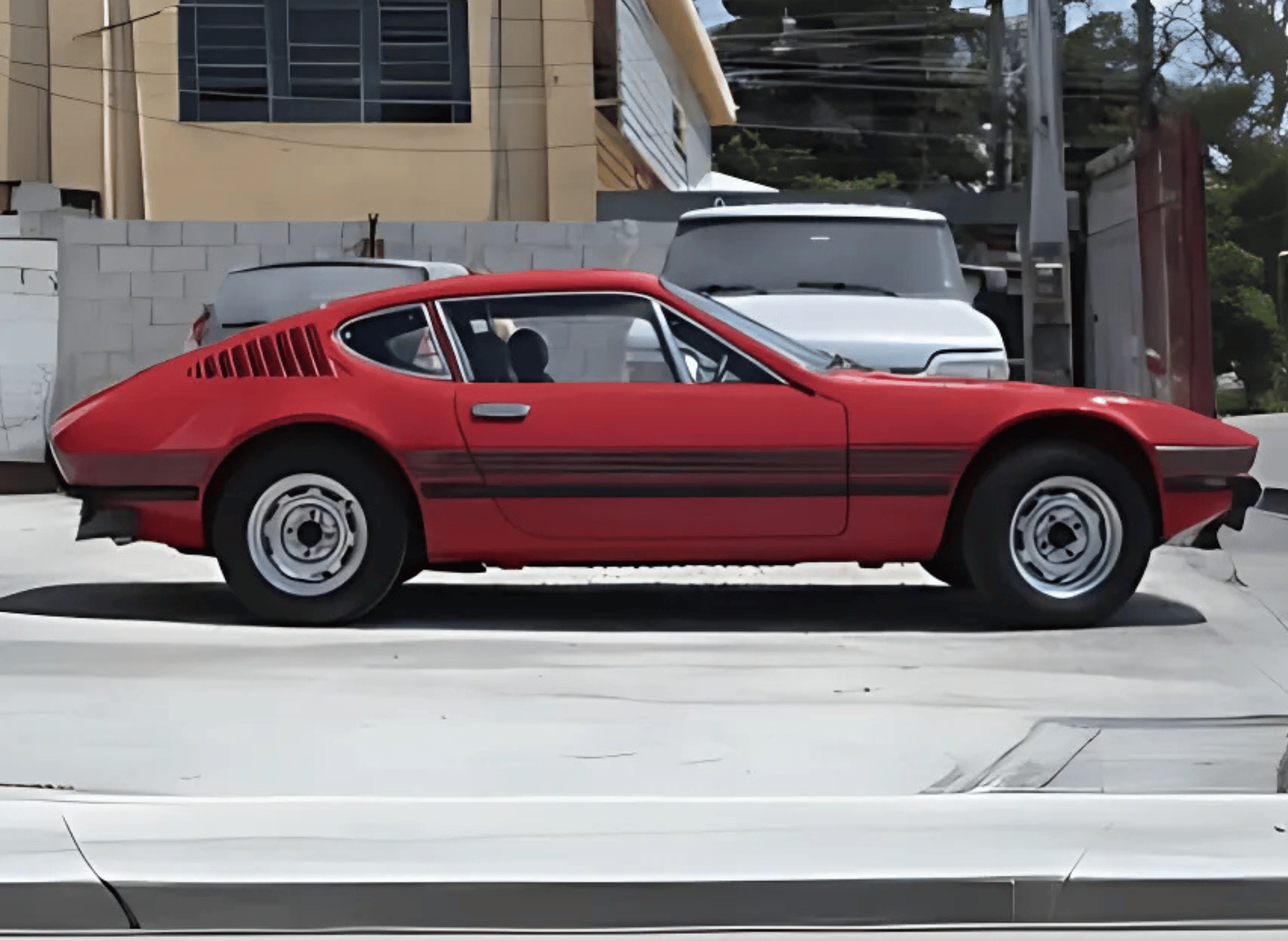
Cultural Significance of the SP2
The SP2’s Reception in the Brazilian market
The SP2 was met with excitement the first time it was unveiled. Its bold design and Brazilian identity made it a source of national pride, prompting many to review its significance in automotive history and create an account of its impact. For many in Brazil, owning an SP2 wasn’t just about driving a car; it symbolized success and a connection to homegrown innovation in a market primarily dominated by imports, often shared with friends.
That said, the SP2’s appeal was tempered by its less-than-spectacular performance. Critics often called it a car that was “beautiful, but with a weak spirit.” Compared to other sports cars like the Puma, the SP2 struggled in performance and sales. Despite this, it remained an aspirational vehicle for many Brazilians throughout the 1970s. The end of the SP2's production came in 1976 due to disappointing performance and sales, marking the conclusion of its rear-engine design.
The Volkswagen SP2, a Brazilian car introduced in the 1970s, became iconic with its sleek design and black vinyl interiors. Conceived initially under Rudolf Leiding's guidance, this sports car was produced in São Paulo and aimed to meet the growing demand for stylish and performance-oriented vehicles in the Brazilian market.
However, when Leiding returned to Volkswagen's headquarters in Germany, it was decided to end production, and priorities shifted; the SP2 was eventually replaced due to its limited production numbers and performance constraints. Despite this, the SP2 has found a devoted fan base, with enthusiasts sharing their love for the car on platforms like Facebook and browsing online forums to keep its legacy alive. The decision to stop production has only increased its cult status among vintage car collectors worldwide.
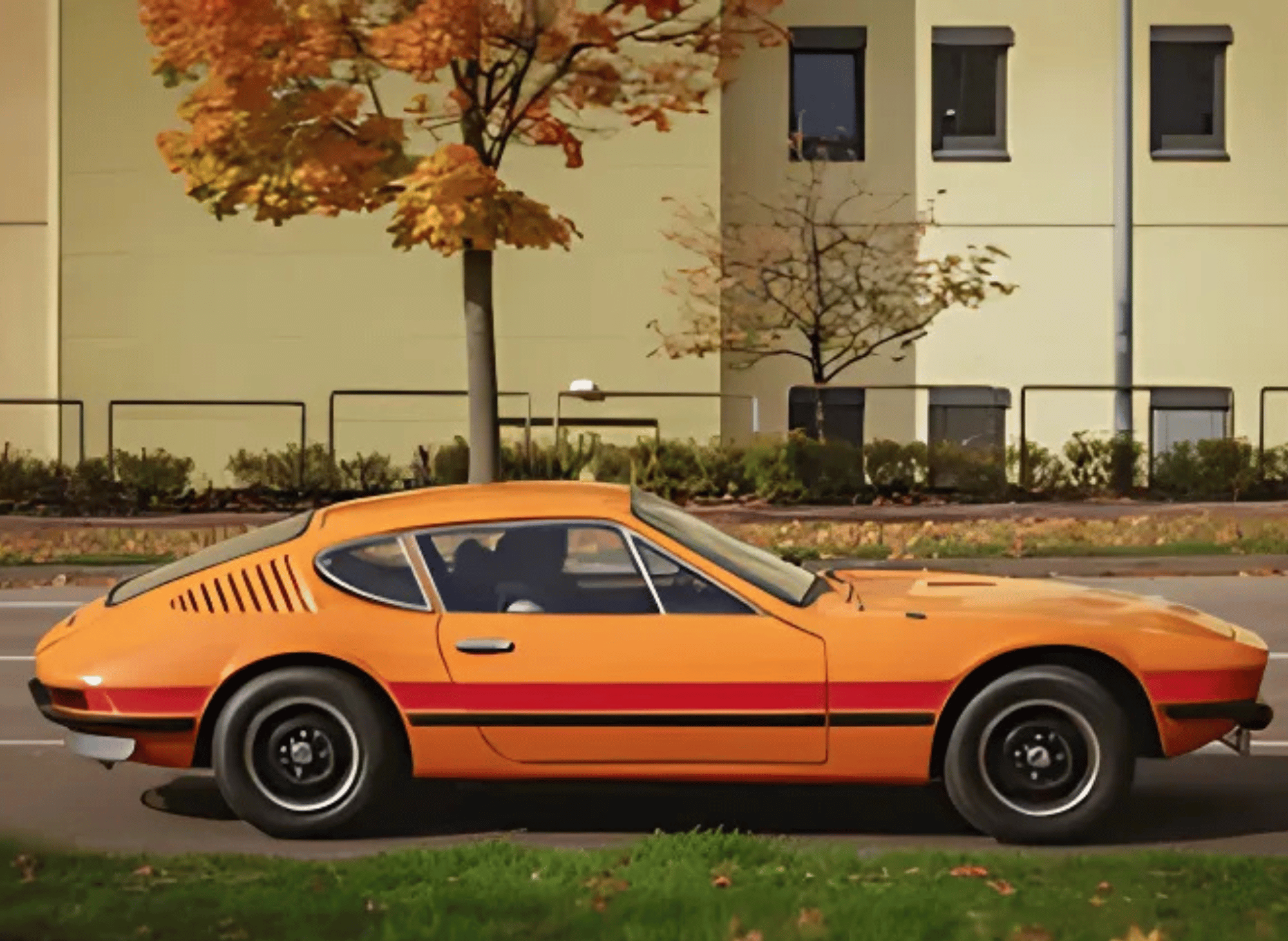
Stories from Enthusiasts
Over the years, owners and car lovers have shared numerous stories about the SP2. One memorable anecdote involves a Brazilian collector who drove his SP2 to a European car show. The car’s rarity and timeless design drew a crowd at the event, prompting many to inquire if it was available for their collection, with attendees mistakenly assuming it was a rare prototype from Volkswagen Germany.
For those lucky enough to own one today, the SP2 doesn’t just serve as a mode of transportation. It’s a tangible piece of Brazil’s automotive history with two trunks and a conversation starter that always turns heads. One such story involves an owner whose grandfather arranged for the car to be shipped back to their home in Los Angeles and later transported to their home in Georgia. This journey highlights the personal connections and memories tied to the car, emphasizing its significance to family history.
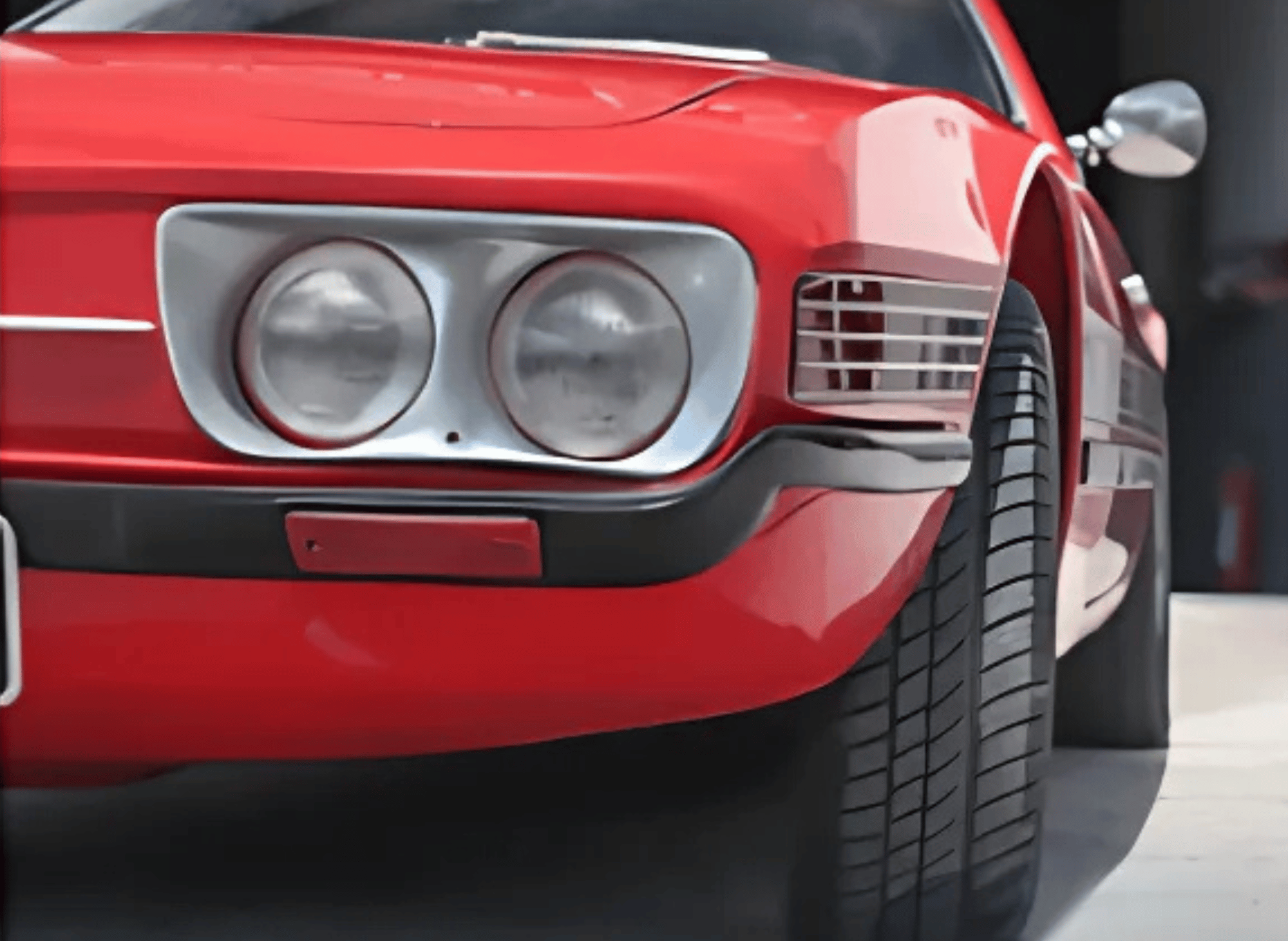
Collecting the Volkswagen SP2
A Rare Gem
Collectors are highly seeking the Volkswagen SP2 due to its exclusivity. Because it was specifically built in Brazil from 1972 to 1975 and exclusively in Brazil, finding one in good condition can be a challenge. Estimates suggest fewer than 11,000 SP2s were manufactured, and only a fraction remain on the road today.
Tips for Potential Buyers
Are you intrigued by the thought of owning an SP2? Here are some tips for potential buyers:
- Do Your Research: Learn as much as possible about the SP2, from its production years to common issues. Understanding its quirks will help you make an informed purchase.
- Inspect Thoroughly: Look for rust, especially in older models. Pay close attention to the frame and undercarriage, as these areas are most prone to corrosion. Additionally, check the sheet metal to ensure it is straight and solid, indicating quality restoration work.
- Evaluate Originality: The more original parts the car retains, the higher its value will be. Check for authentic interiors, badges, and factory engine specs.
- Seek Expertise: If possible, consult a classic VW specialist to evaluate the vehicle before committing to a purchase. The seller should provide detailed information about any repairs and restorations made to the car.
Prices for the SP2 vary widely depending on condition and location. A well-maintained model can fetch anywhere between $30,000 and $60,000 today, with some pristine examples commanding even higher prices at auctions.
Driving Past the Finish Line
Though the Volkswagen SP2 was eventually discontinued in 1976 due to the introduction of more advanced competition, its legacy remains strong. Developed as a successor to the Karmann-Ghia, the SP2 is widely celebrated as a masterpiece of Brazilian design and a bold statement from Volkswagen do Brasil during economic and industrial limitations. There were plans for a European version of the SP2 to market it in Europe in February, but these plans were ultimately never realized.
For car enthusiasts in California, the SP2 is more than just a vehicle; it represents a fusion of style, culture, and history. If you’re eager to explore the history of other automotive legends or discover the world of classic VW models, check out our other blogs. And for those considering adding an SP2 to their garage, now’s the time to leap into Brazil’s automotive history.
Open your browser and discover the history, design, and legacy of the Volkswagen SP2, a conceptual predecessor and unique sportscar produced by VW Brazil. Elements of its design reflect its Portuguese influence. This iconic vehicle, developed and manufactured by VW Brazil, is a must-have for classic VW fans.
Thank you for reading!
Your friend,
Todd
#VolkswagenSP2 #ClassicCars #VintageVolkswagen #RetroStyle #CarEnthusiasts #AutomotiveHistory #RareCars #IconicDesign #VWClassic #TimelessBeauty #AutomotiveDesig#CarDesig#ClassicCar#DesignInnovatio#VintageCar#IconicVehicles#CollectorCar#AutoHistor#DesignEvolutio#CulturalHeritag#UniqueDesign#AutomotiveHeritage#SportsCarHistor#DesignInspiration#InnovationInDesign#TimelessDesign#HistoricalCars#CulturalImpact#DesignAficionados#ClassicCarCollecting
🚗✨🌟🏎️🚘🔧🌍📸📜🔥

